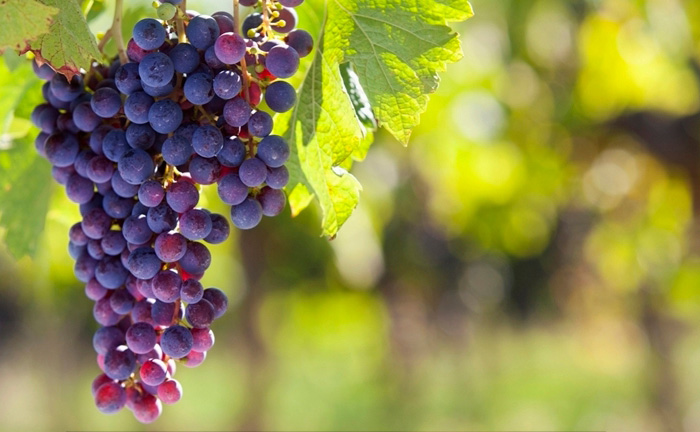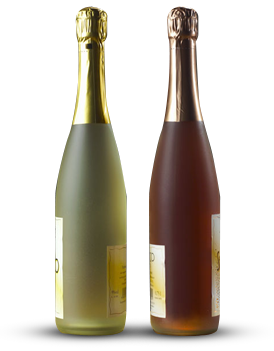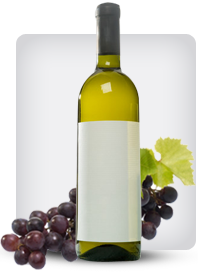

Tag: Aerator
Why You Need a Red Wine Aerator
Posted onOxidization or aeration is the process of mixing oxygen into a freshly opened bottle of wine. This process ensures that flavours and essential oils meld together, mellowing and rounding out any harsh or tart elements in younger wines. Traditionally, this was done by decanting a bottle into a wide bottomed vessel and leaving it to air for several hours. Thankfully, a new gadget has come on the market that decreases the time needed to mellow your glass or bottle of wine, in minutes, not hours – this is a wine aerator.
Vineyards and restaurants have adopted the gadgets wholeheartedly – they’re often pulled out at wine tastings, where many bottles need to be served at once. Aerators run around the $ 30 mark, with polycarbonate and glass options, in a variety of designs and styles. Aerators work in several ways, some with single chambers that “bubble” the air into the wine, others separate the liquid into streams, increasing air contact as the wine pours through and along the sides of the glass or carafe. The main culprit in the tart or strong flavors in your favorite red are tannins.
Tannins are “flavinoids” in wine that have that bitter, mouth drying sensation. Tannins come from grape skins, stems and seeds, which is why red wines have more tannin than whites – the skins give the wine its dark colour. Tannins are also added by contact with oak or other woods in the wine barrels themselves, though to a much lesser degree. Since tannins have antioxidant properties, they play a key role in the ageing process of wines. As red wines mature, the tannins accumulate together and settle to the bottom of the bottles in a light film of sediment. (This is why you should always watch that last glass of red…the sediment can be very bitter)
Maceration time has a huge impact on the amount of tannin in your wine, and different varieties are known for their heavy tannic properties when young. Wines made from Shiraz and Cabernet Sauvignon are known to have stronger tannins, like Bordeaux, Barolo and Port. Italian wines and French wines from Burgundy have less tannin, as do Pino Noirs, Roijas and Beaujolais. Regardless of your preference, most young reds will benefit from a swirl through your favourite aerator – whether it’s a bubbler or a streamer. An added bonus to aeration – you can keep that bottle longer, enjoying a single glass at a time instead of decanting an entire bottle.
Find More Pinot Noir Wine Articles
popular posts
-

Merlot Wine Club Recommendations: A Curated Guide for Enthusiasts Merlot, with its velvety texture and approachable fruit-forward profile, has long been a favorite among wine lovers
12-31 2025For those looking to deepen their appreciation, joining a Merlot-focused wine club is an exceptional way to explore the grape’s incredible diversity—from the plush, Read More
-

Aging Potential of Premium Pinot Noir: Unlocking the Elegance of Time Among the world’s noble grape varieties, Pinot Noir holds a unique and almost mythical status
12-30 2025Celebrated for its ethereal aromatics, silky texture, and captivating expression of *terroir*, it is often considered the most transparent conduit from vineyard to glass. Read More

